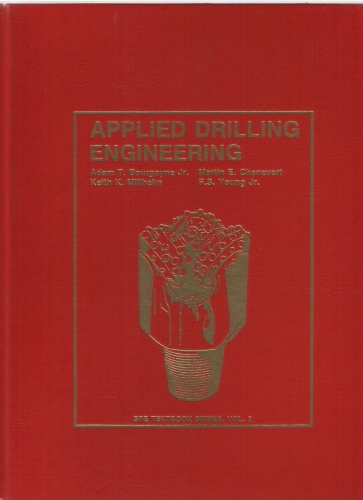
Mud motor failure downhole may be happened from time to time. The questions that are usually raised are things like “How do I know if the mud motor fails down hole?” and “What indications will I see that this has happened?” etc. We would like to share our experience regarding mud motor failure and its symptoms.

The following signs indicate that you may be faced with downhole mud motor breakdown.
Frequent Mud Motor Stall – Motor stall happens when the rotor of the mud motor has stopped moving. Typically, the motor stalls only with a high differential of pressure. However, if the motor doesn’t perform as normal, it will get stalled with by a small amount of differential pressure. For instance, a mud motor normally drills at 400 psi differential pressure, but if the motor is stalled out with only 100 psi you can suspect the problem is with the motor.
Pressure fluctuation while rotating – Rotating with a good mud motor won’t create pressure fluctuations, whereas a bad mud motor will show fluctuation in stand pipe pressure and you may not be able to maintain constant pressure.
Abnormally high surface pressure – A stator is made of rubber. When the stator rubber is worn out and breaking into pieces, small parts of rubber can jam into the flow path in the motor. This situation also results in high stand pipe pressure.
Reduction in Rate of Penetration – If there are no changes in formation and drilling parameters, the decreasing in ROP (Rate of Penetration) may be caused by failure of the down hole tool. Moreover, if the took is severely damaged, you will be able to drill any footage.
What should you do if the problem is clearly identified?
If any failure sign is seen, it is recommended to pull out of the hole and change a new tool. It is almost impossible to drill with a damaged mud motor unless you only have a few feet to the well target depth.
With the mentioned indicators of mud motor failure above, you should be able to identify your suspected problem and begin troubleshooting as soon as possible to minimize non-productive time on a drilling rig.
References
Inglis, T.A. (2010) Directional drilling. Dordrecht: Springer-Verlag New York.
Mitchell, R.F., Miska, S.Z. and Aadnoy, B.S. (2012) Fundamentals of drilling engineering. Richardson, TX: Society of Petroleum Engineers.
Short, J.J.A. (1993) Introduction to directional and horizontal drilling. Tulsa, OK: PennWell Books.











